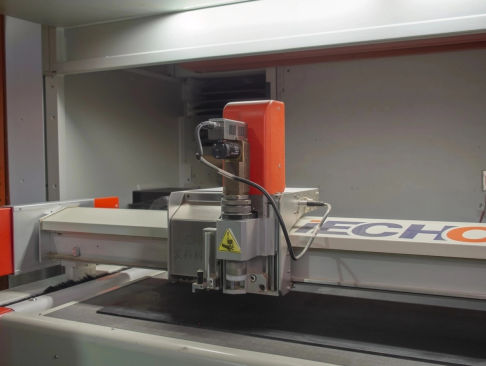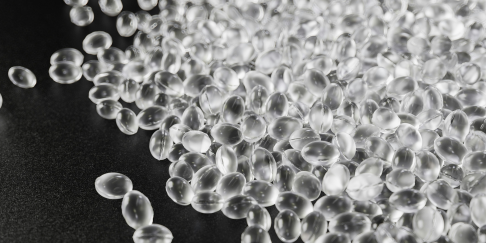Machining subcontractor for over 30 years!
Neoprene, a versatile and resistant synthetic rubber

About Neoprene
Neoprene (polychloroprene) is a versatile synthetic rubber known for its resistance to weather conditions, chemicals, and abrasion. It retains its elasticity even under challenging conditions. Its combination of flexibility, waterproofing, and durability makes it an ideal material for industrial, marine, and medical applications.
Trust our expertise in neoprene machining
At 3D Coupe, we master neoprene machining to create precise parts tailored to your needs. Our approach and specialized equipment guarantee customized solutions, even for your most demanding projects. Contact us to transform your ideas into high-performance solutions!
Neoprene Characteristics
Mechanical Performance
- Abrasion Resistance: Neoprene provides excellent wear resistance, making it ideal for applications requiring enhanced durability.
- Remarkable Elasticity: This material maintains great flexibility, even at varying temperatures, allowing effective adaptation to mechanical stresses.
- Tear Resistance: Its molecular structure gives it good resistance to tensile stress and repeated deformations.
Thermal Performance
- Thermal Insulation: Neoprene has remarkable insulating properties, making it ideal for retaining body heat in cold or damp environments.
- Thermal Stability: It maintains its mechanical properties over a wide temperature range (-40°C to +120°C).
Chemical Performance
- Chemical Resistance: Neoprene efficiently resists acids, bases, oils, greases, alcohols, and many petroleum products.
- Resistance to Ozone and Weathering: It provides excellent protection against ozone, UV rays, and harsh weather conditions.
Practicality
- Application Versatility: Thanks to its multiple properties, neoprene adapts to various sectors, from the automotive industry to the manufacture of sports equipment.
- Ease of Processing: It can be cut, molded, or bonded with precision, offering great flexibility in manufacturing processes.
Uses of Neoprene
Neoprene is commonly used in water sports for manufacturing diving suits, providing effective thermal insulation and flexibility appreciated by athletes. In industry, it is used to produce sealing gaskets, pipes, and chemical-resistant components. The medical sector also uses it for braces and therapeutic supports, taking advantage of its elasticity and comfort.
FAQ and Comparisons
What is the difference between neoprene and natural rubber?
Neoprene is a synthetic rubber made from chloroprene, whereas natural rubber comes from the latex of the Hevea tree. Neoprene offers better resistance to oils, chemicals, and weathering, but natural rubber has superior elasticity.
Is neoprene waterproof?
Neoprene is hydrophobic, which means it repels water and dries quickly, preventing equipment from becoming heavy and uncomfortable when wet.
How should neoprene products be maintained?
To extend the lifespan of neoprene items, it is recommended to rinse them with fresh water after use, dry them in the shade, and avoid prolonged exposure to direct sunlight or heat sources.
Is neoprene recyclable?
Recycling neoprene is complex due to its chemical composition. However, some initiatives aim to reuse or recycle this material to reduce its environmental impact.
What is the difference between neoprene and EPDM?
Although both are synthetic elastomers, neoprene offers better resistance to hydrocarbons and oils, while EPDM excels in weathering and UV resistance over very long periods.
3D Coupe, your expert in neoprene machining
Our expertise in cutting and machining neoprene allows us to create custom parts that meet your precise needs. For high-performing sealing gaskets or components resistant to challenging conditions, trust our know-how. Contact us to turn your projects into reality!

We drive our clients’ growth through smart, customized subcontracting partnerships.








